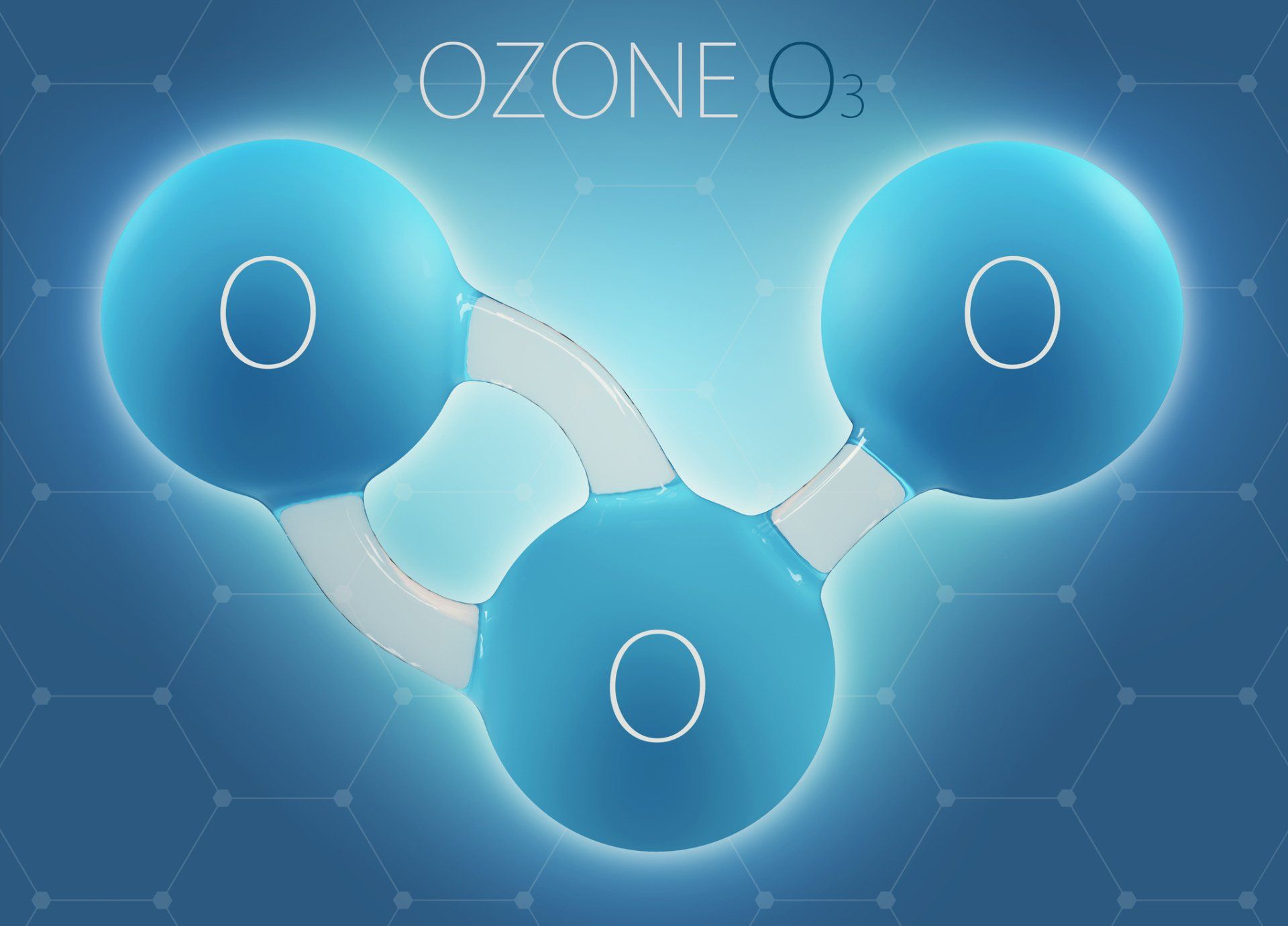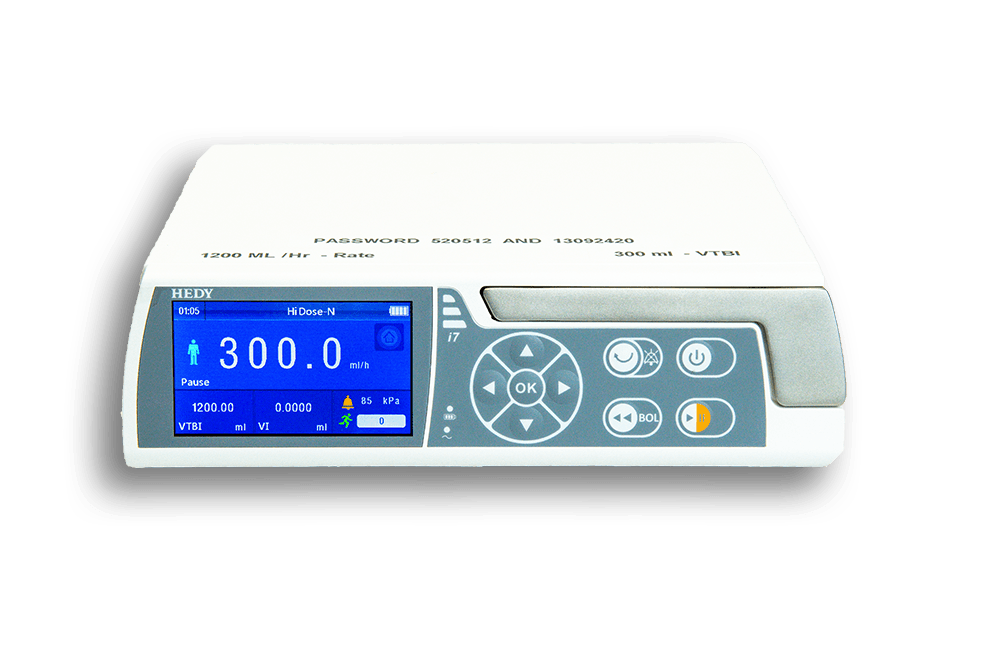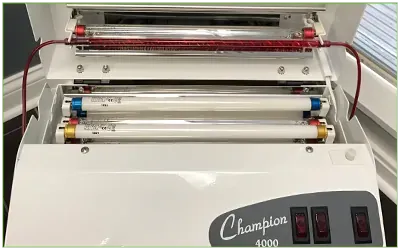Optimizing Your Health
You may already know that ozone is an alternate version of oxygen. Oxygen in the air we breathe is two molecules of oxygen attached or O2. Ozone is an 'activated' form of oxygen where there are three atoms of oxygen attached, forming a molecule that is "O3". Ozone (O3) behaves entirely differently than O2. Ozone is far more energetic and oxidative than oxygen, making it so valuable to us for so many applications, such as Air Purification, Water Purification, and Medical Ozone Therapy Applications.
How does Medical Ozone Therapy work?
Ozone works so well for such a wide variety of medical conditions and diseases that, unfortunately, many people don't believe that the reported results could be accurate. Well, they are. It works for so many diseases and conditions because it affects the biochemistry of the body on a cellular level. It gets to the root cause of all diseases.
How is all of this possible? Ozone addresses and corrects so many of our bodies' basic systems, such as energy production, oxygen delivery, oxygen utilization, immune system enhancement, and oxidation levels. Using ozone for one health challenge makes sense that correcting these systems for that one health challenge would also help alleviate (or eliminate) some of the other health challenges in the body. Ozone does not work by creating a specific problem; it works by improving your body's health at the fundamental cellular level, which affects everything!
Ozone Therapy Methods:
- NEW!!! EBOO (Extracorporeal Blood Oxygenation and Ozonation)- an advanced form of ozone therapy that filters blood through a specialized dialysis-like system, infuses the blood with ozone, and then returns it back to the body. Two separate intravenous sites are used for this therapy.
- Hyperbaric Multi-Pass Ozone Therapy (10 Pass or HMO3)- a therapy that involves removing blood, ozonating it, and returning it to the patient under hyperbaric pressure up to 10 times (passes) in one appointment.
- High Dose Ozone Therapy (HDO3/UVB) - An infusion pump is utilized to drain and then return the blood to patient. A higher concentration of ozone is used and mixed with patient's blood, while also being exposed to ultraviolet blood irradiation.
- Major Autohemotherapy (MAH)– Also known as "single pass" is process of removing blood, ozonating it, then returning it back to the patient using gravity
- Minor Autohemotherapy (MiAHT) – remove a small amount of blood (10cc), ozonate it, inject it into muscle
- Nasal/Ear ozone - for sinus infections
- Topical ozone – for open wounds and other skin conditions
- Ozonated water for drinking
- Ozone Sauna - HOCATT
- Rectal Insufflation – infusing ozone rectally
Ultraviolet Blood Irradiation
A Brief History
Over 100 years ago Faroese-Danish physician-researcher, Niels Finen, found that ultraviolet light could effectively treat skin disorders. He was awarded the 1903 Nobel Prize for Medicine because of his UV light use against lupus vulgaris, which is tuberculosis of the skin.
Walter Ude, an MD from Minneapolis, reported a series of 100 cases of Erysipelas (an acute Streptococcus bacterial infection) in the 1920s, claiming a nearly 100% cure rate UV skin irradiation.
By 1942, obstetrician Dr. Virgil K. Hancock had successfully treated 6,520 patients using UBI without any harmful effects whatsoever. Nearly every time used it cured infections and toxicity.
1950's
The age of antibiotics and vaccines had dawned, and the enthusiasm was palpable. UBI therapy would take a back seat even though certain indications (hepatitis, viral pneumonia, and streptococcal toxemia) were proven demonstrably superior. Unfortunately, research into this effective therapy came to a virtual halt.
1990's to present
There are over 250 practitioners in the US, 3,000 in Europe, and thousands more worldwide who use this treatment. Over 1 million UBI treatments have been successfully administered with astounding results and minimal side effects to patients.
Some Of The Healing Effects of UBI Include:
- Increased tolerance of body towards radiation and chemotherapy
- Increased oxygen, dilation of blood vessels, improved flow of structure of the blood, and better microcirculation.
- Activation of metabolic processes and improvement of their regulation.
- Stimulation to produce red blood cells.
- Rapid positive changes in cell and blood plasma.
Contact us today at 708-914-7968 to start feeling your best.








